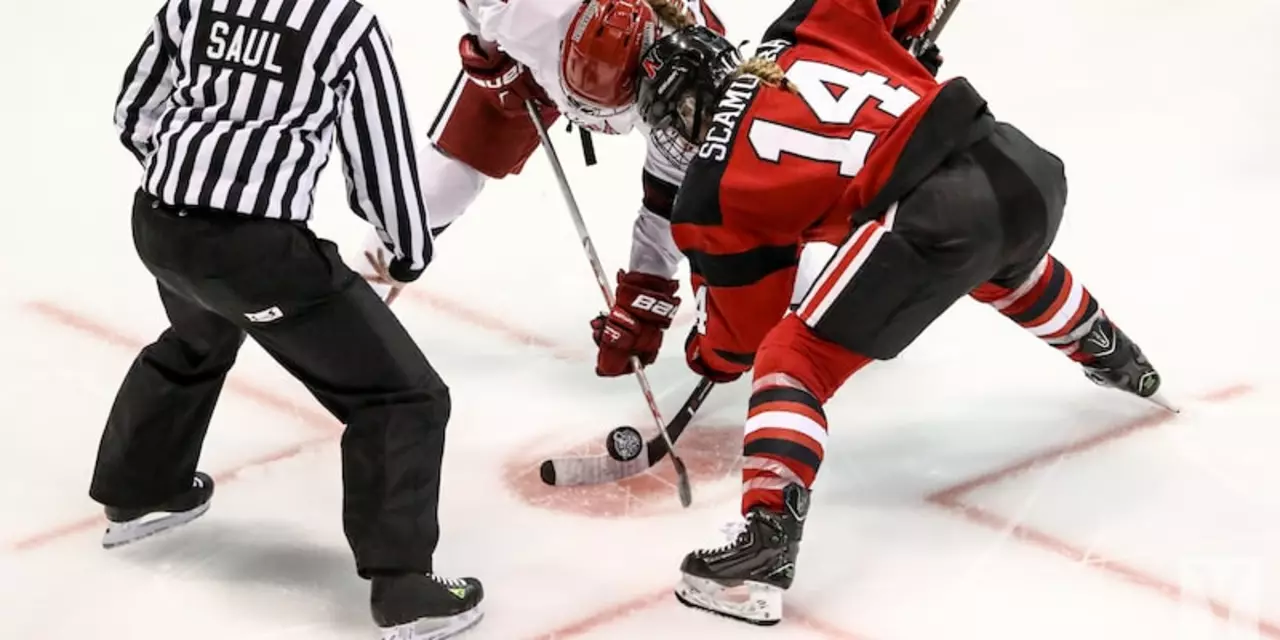Master Hockey Technique: Simple Tips to Up Your Game
Want to play faster, shoot stronger, and keep control under pressure? It all comes down to technique. Whether you’re a beginner picking up a stick for the first time or a seasoned player looking to shave seconds off your reaction time, the right habits make the difference. Below you’ll find practical, no‑fluff advice you can start using on the next practice.
Basic Skills Every Player Needs
First, nail the fundamentals. Good skating posture—knees slightly bent, weight balanced over the balls of your feet—keeps you agile and ready for quick turns. When you practice your stick handling, focus on keeping the puck close. Use small, soft touches with the blade’s toe and heel; this reduces wobble and lets you change direction without losing speed.
Passing is another cornerstone. Aim to make each pass a straight line to your teammate’s stick, not a cross‑court curve. A quick wrist snap and a relaxed grip give you a clean release. Try the “two‑hand give‑and‑go” drill: pass, skate forward, and receive the return pass while staying low. It builds timing and teaches you to read teammates’ movements.
Shooting technique often trips players up. Start with the proper stance—feet shoulder‑width apart, weight shifted onto the front foot. When you pull back the stick, keep the blade flat on the ice for a firm base. Then, snap your wrist forward while keeping the stick head low; this produces a powerful, accurate shot without sacrificing balance.
Advanced Techniques to Elevate Your Game
Once the basics feel automatic, layer in advanced moves. The “deke” is a classic: fake a shot or pass by shifting your weight and moving the blade quickly, forcing the defender to bite. Practice dekes in a tight corridor to simulate game space, focusing on crisp hand speed.
For power‑play situations, work on the “one‑timer”. Position yourself to receive a pass and shoot in one fluid motion. This cuts down on reaction time and makes it harder for the goalie to anticipate. Drill this by having a teammate feed you high‑speed passes from different angles while you focus on a clean, quick release.
Don’t overlook the mental side of technique. A short timeout can reset your rhythm. Use it to visualize the next play, adjust your stance, or simply take a deep breath. A calm mind keeps your hands steady and improves every physical skill.
Equipment matters too. A composite stick with the right flex matches your strength and playing style. Test a few flex ratings during warm‑up; the right one will feel like an extension of your arm, giving you better control on both passes and shots.
Remember, consistency beats intensity. Spend 10‑15 minutes each day on a single technique—whether it’s stick handling in a tight space or perfecting your one‑timer. Over weeks, those focused sessions add up to noticeable on‑ice confidence.
So, grab your stick, hit the ice, and apply these tips. Better technique isn’t a mystery; it’s a habit you build one rep at a time.

What is a stick check in hockey?
A "stick check" is a defensive tactic in hockey. It involves a defender using his stick to check an attacking player in order to disrupt their possession of the puck. The defender usually attempts to lift or poke the player's stick in order to knock the puck away, while also keeping the defender's body between the attacking player and the net. It is a skill that requires practice and can be both effective and dangerous. Stick checks can lead to penalties if done in a dangerous or illegal manner, so it is important for players to understand the rules and practice the technique properly.
Read More